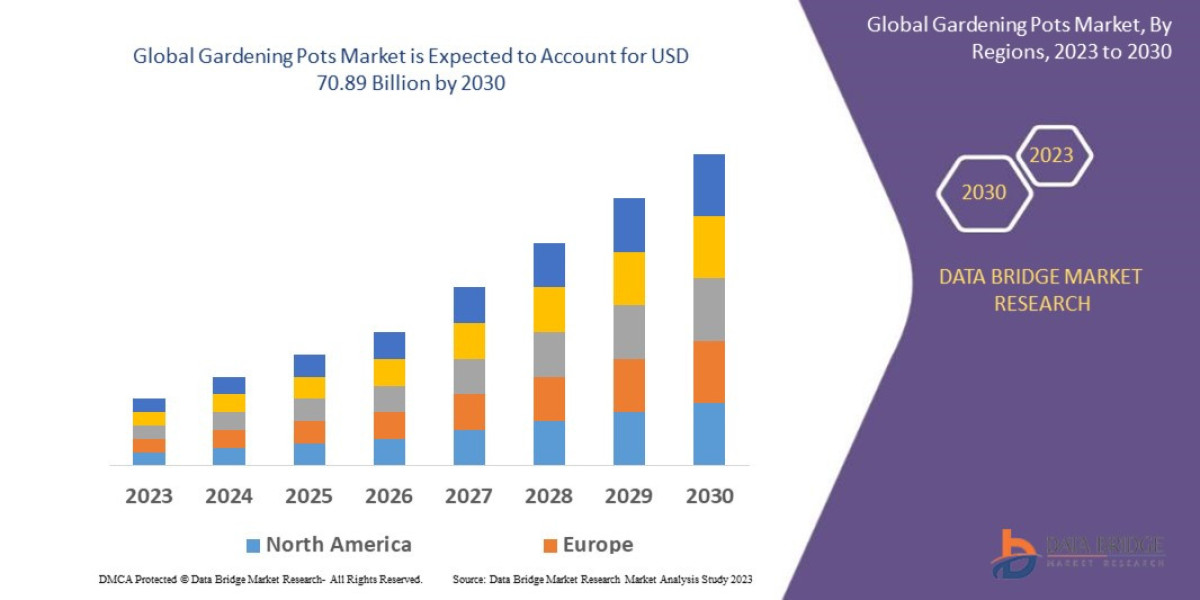Originally Published on: SpendEdge |Improving Procurement Analytics by Addressing Roadblocks
Empowering Strategic Decision-Making in Modern Business
In the dynamic landscape of contemporary business, procurement analytics stands out as a pivotal driver for strategic decision-making and operational efficiency. Despite its potential, organizations often grapple with roadblocks that hinder the realization of its full benefits. This article delves into the common challenges faced in procurement analytics and proposes strategies to overcome these obstacles, fostering a data-driven and forward-thinking procurement approach.
1. Incomplete Data and Data Quality
Ensuring the Foundation of Reliable Insights
A significant roadblock in procurement analytics is incomplete or poor-quality data. Flawed insights and suboptimal decision-making result from inaccurate or missing data. Organizations must implement robust data governance practices, establishing a comprehensive framework that includes data validation processes, regular audits, and collaboration between procurement and IT teams. Automated tools and machine learning algorithms play a crucial role in identifying and rectifying data discrepancies, ensuring the accuracy and completeness of procurement data.
2. Integration Challenges
Breaking Down Data Silos for Holistic Insights
Procurement operations involve multiple systems and platforms, each generating valuable data. The lack of seamless integration between these systems impedes the effectiveness of procurement analytics efforts. Invest in integrated procurement solutions that facilitate real-time data sharing between various systems. Application Programming Interfaces (APIs) and middleware technologies can bridge the gap between disparate systems, enabling a unified and synchronized data flow. By fostering interoperability, organizations can optimize their analytics capabilities and derive more meaningful insights.
3. Limited Stakeholder Collaboration
Cultivating a Culture of Collective Insight
Effective procurement analytics demands collaboration between procurement teams, finance departments, and other stakeholders. In many organizations, a lack of communication and collaboration hampers the ability to leverage analytics for strategic decision-making. Foster a culture of collaboration by facilitating regular communication and knowledge-sharing sessions among procurement, finance, and data analytics teams. Establish cross-functional teams that collaborate on procurement analytics projects, ensuring diverse perspectives and expertise are brought to the table.
4. Insufficient Skill Sets
Empowering Teams for Analytical Excellence
The effective utilization of procurement analytics demands a specialized skill set encompassing data analysis, statistical modeling, and domain-specific knowledge. Organizations often face a shortage of professionals with these skills. Invest in training and development programs to upskill existing procurement and analytics teams. Collaborate with educational institutions or engage external consultants to bring in expertise. Consider hiring professionals with a background in data science or analytics to ensure the procurement function is equipped with the requisite skills.
5. Resistance to Technological Adoption
Overcoming Hurdles for Seamless Integration
Resistance to change, especially in technological adoption, remains a prevalent challenge. Implement a comprehensive change management strategy that addresses concerns, communicates the benefits of new technologies, and provides extensive training to users. Engage employees in the process of selecting and implementing analytics tools, fostering a sense of ownership and commitment to successful integration.
6. Lack of KPI Alignment
Aligning Metrics with Organizational Success
For procurement analytics to drive strategic value, key performance indicators (KPIs) must align with organizational goals. Challenges often arise in defining and aligning procurement KPIs with broader business objectives. Conduct a thorough review of organizational goals, identify KPIs contributing to these objectives, and collaborate with leadership to ensure alignment. Regularly reassess and adjust KPIs as organizational goals evolve.
Conclusion
Mastering the Art of Procurement Analytics
In the era of data-driven decision-making, overcoming roadblocks in procurement analytics is imperative for organizations seeking to optimize processes and enhance strategic outcomes. By addressing challenges related to data quality, integration, collaboration, skill sets, technological adoption, and KPI alignment, organizations can unlock the full potential of procurement analytics. Embracing a holistic approach will position businesses to navigate the complexities of modern procurement and drive sustainable success.








